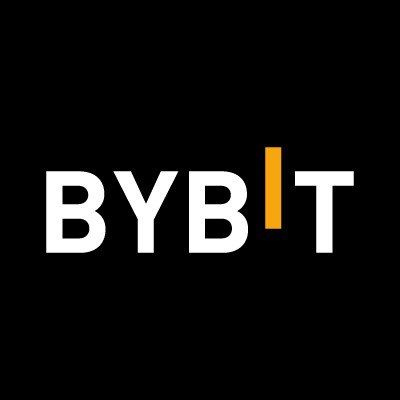238 reads
Build on Your Trading Knowledge: What Are Stop Loss and Stop Limit Orders?
by
November 27th, 2021
Audio Presented by

Bybit, a crypto exchange, offers an ultra-fast matching engine across Spot, F&O, launchpads, earn products, NFTs & more.
About Author
Bybit, a crypto exchange, offers an ultra-fast matching engine across Spot, F&O, launchpads, earn products, NFTs & more.
Comments
TOPICS
Related Stories
59 Stories To Learn About Bybit
Nov 21, 2023
59 Stories To Learn About Bybit
Nov 21, 2023